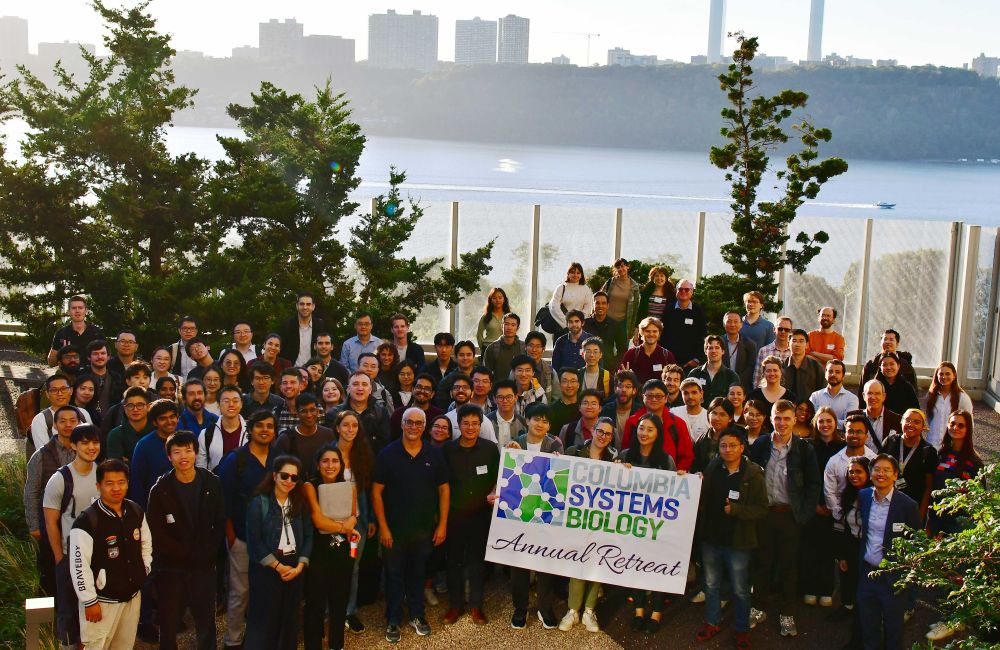
Still thinking about the 10^9 mutations generated in your microbiome today.
Website: http://lieberman.science
www.science.org/doi/10.1126/...

www.science.org/doi/10.1126/...



Story by @taracopp.bsky.social and @michelleboorstein.bsky.social.
Read here: www.washingtonpost.com/national-sec...

Story by @taracopp.bsky.social and @michelleboorstein.bsky.social.
Read here: www.washingtonpost.com/national-sec...
If you're a person of influence in this country and you haven't picked a side, maybe now would be the time to pick a fucking side.
If you're a person of influence in this country and you haven't picked a side, maybe now would be the time to pick a fucking side.
@contaminatedsci.bsky.social
📝 keysym.us/KSMicrobiome26
🎥 youtu.be/MMb_ammY6i4
#KSMicrobiome26 #microbiome #humanmicrobiome

@contaminatedsci.bsky.social
📝 keysym.us/KSMicrobiome26
🎥 youtu.be/MMb_ammY6i4
#KSMicrobiome26 #microbiome #humanmicrobiome
When we trick LLMs with secret #RStats transformations, they can miss the visual contradiction.
bluffbench helps us measure this "blind spot" in AI coding agents. Learn more: posit.co/blog/introdu...

Sponsors: @amiposts.bsky.social, Pendulum, & Liv (@zymoresearch.bsky.social)
Registrants will receive free memberships to Applied Microbiology International.
Details below 👇

Sponsors: @amiposts.bsky.social, Pendulum, & Liv (@zymoresearch.bsky.social)
Registrants will receive free memberships to Applied Microbiology International.
Details below 👇
Congratulations to Pardis, Christian, and the rest of the Sentinel team! 👏🥳
www.macfound.org/press/press-...

Congratulations to Pardis, Christian, and the rest of the Sentinel team! 👏🥳
www.macfound.org/press/press-...
www.nature.com/articles/s41...

www.nature.com/articles/s41...

apply.interfolio.com/177622
Suggested deadline: 12/15/2025.
@columbiasysbio.bsky.social

apply.interfolio.com/177622
Suggested deadline: 12/15/2025.
@columbiasysbio.bsky.social
www.science.org/doi/10.1126/...

www.science.org/doi/10.1126/...

Read the full opinion piece in @cp-neuron.bsky.social: spkl.io/63322AbxpA
@wiringthebrain.bsky.social, @statsepi.bsky.social, & @deevybee.bsky.social

Read the full opinion piece in @cp-neuron.bsky.social: spkl.io/63322AbxpA
@wiringthebrain.bsky.social, @statsepi.bsky.social, & @deevybee.bsky.social
co-director - @flash-point.bsky.social 🦠💥
It's free, & we have an amazing line-up of speakers!
Dec. 12th. Please share!
isbscience.org/2025-isb-vir...

co-director - @flash-point.bsky.social 🦠💥
It's free, & we have an amazing line-up of speakers!
Dec. 12th. Please share!
isbscience.org/2025-isb-vir...

www.biorxiv.org/content/10.1...

www.biorxiv.org/content/10.1...


